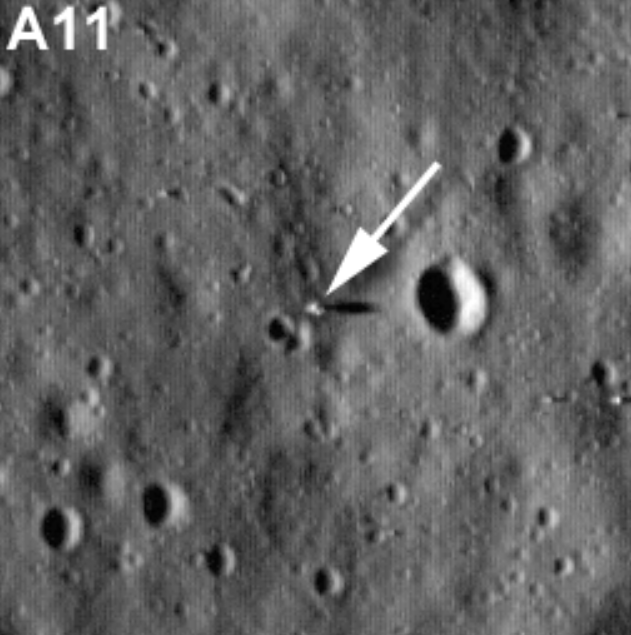
2012 – Lunar Reconnaissance Orbiter Camera (LRO) captures pictures of the Apollo 11 landing site. Visible are experiments, equipment and the footprints of Buzz Aldrin and Neil Armstrong.
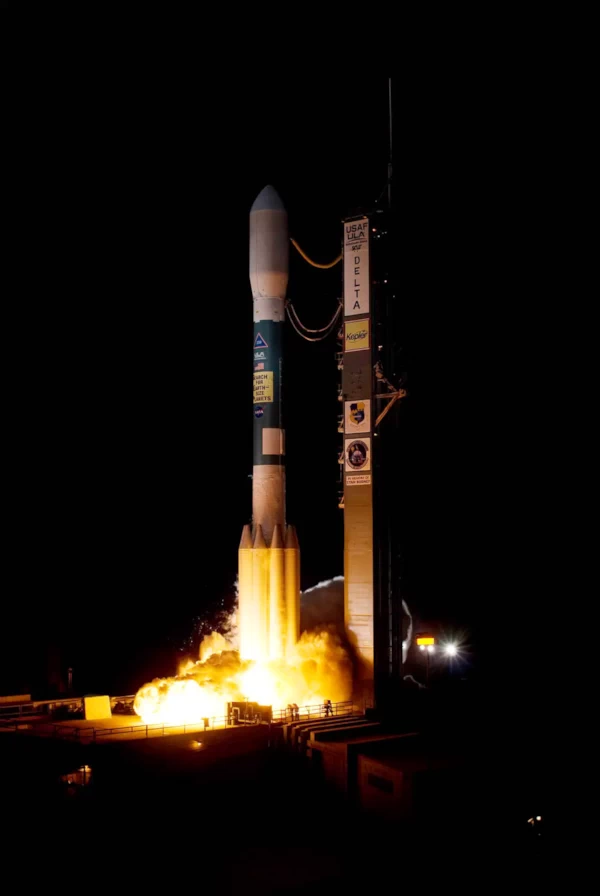

2009 – The Kepler space observatory, designed to discover Earth-like planets orbiting other stars, is launched at 3:49 a.m. UTC. After nine years in deep space collecting data that indicate our sky to be filled with billions of hidden planets – more planets even than stars – NASA announced Kepler space telescope had run out of fuel needed for further science operations on Oct. 30, 2018.
2002 – NPOI (Navy Prototype Optical Interferometer) is the first to combine light from a full array of six telescopes. Astronomers from U.S. Naval Observatory (USNO), the Naval Research Laboratory (NRL), and Lowell Observatory designed a new type of hybrid beam combiner and new hardware and control systems to decode and reconstruct images. By White Sands Missile Range/Naval Research Laboratory – http://www.airspacemag.com Public Domain,
1997 – Mir News 350: “SITUATION ON BOARD Mir REMAINS PRECARIOUS” After the loss of one Solid Fuel Oxygen Generator in the night the crew has been struggling along to keep the mini-atmosphere on board of the space station suitable for the needs of human beings. – Astronautix
1986 – Challenger Disaster: Divers from the USS Preserver
locate the crew cabin of Challenger on the ocean floor.
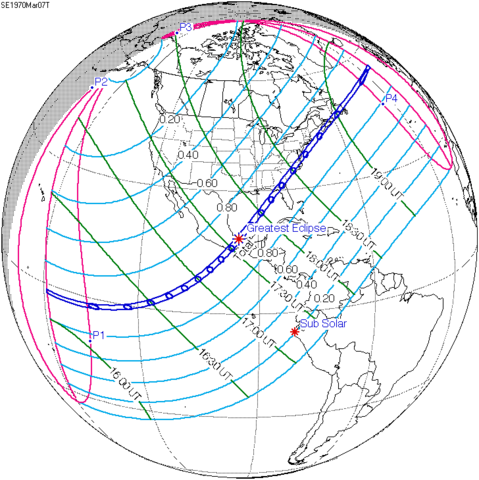
1970 – Solar Eclipse. 25 rocket launches were made to study the eclipse, 21 made by the USA and another 4 made by Canada. There was not an eclipse with a greater duration of totality over the contiguous U.S. until April 8, 2024, a period of 54 years.
1962 – Mercury program- The Orbiting Solar Observatory, or OSO for short, Program was a series of scientific satellites which were primarily intended to study the Sun over its 11-year cycle. Eight nearly identical satellites were successfully launched between 1962 and 1975.
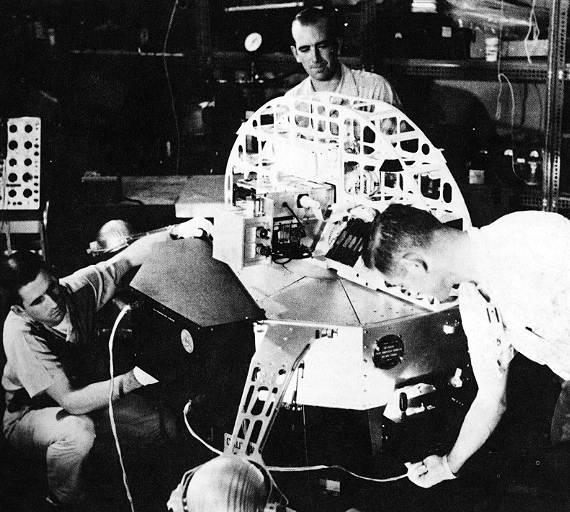

1947 – First published image of Earth from space taken aboard a V2 rocket above White Sands, USA, carrying experiments for the US Naval Research Lab. The image was published on March 25, 1947.
Birthdays
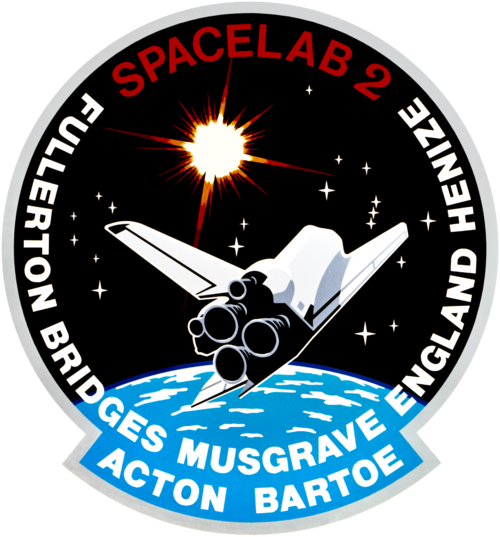
1936 – Loren Acton, American physicist who flew on Space Shuttle SkyLab 2 mission STS-51-F as a Payload Specialist for the Lockheed Palo Alto Research Laboratory.
1940 – Viktor Petrovich Savinykh – Russian flight engineer cosmonaut 1978-1989. 3 spaceflights, 252.7 days in space. Flew to orbit on Soyuz T-4 (1981), Soyuz T-13, Soyuz TM-5. By Svklimkin – Own work
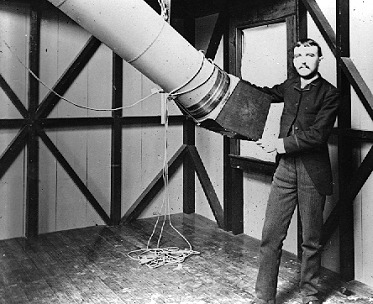
1837 – Henry Draper, born in Prince Edward Co, VA. He made the first photograph of a stellar spectrum and is remembered and honored with the prestigious Draper Medal. As a pioneer of astronomical photography, born in Prince Edward Co, VA. He taught natural science and later physiology at the City of New York University (1860–82), but retired in order to devote himself to astronomical research. With a 71cm (28in) reflecting telescope he showed photographic methods to be an important means of studying the heavens. Draper obtained the first photography of a nebula (M42) on September, 30th 1880 with a 50 minutes exposure with his 11-inch refractor. He also was the first to image a stellar spectra (the one of Vega) in 1872. An important catalogue of stellar spectra is named after him. He died in November 20, 1882 at the age of 42 double pleurisy.